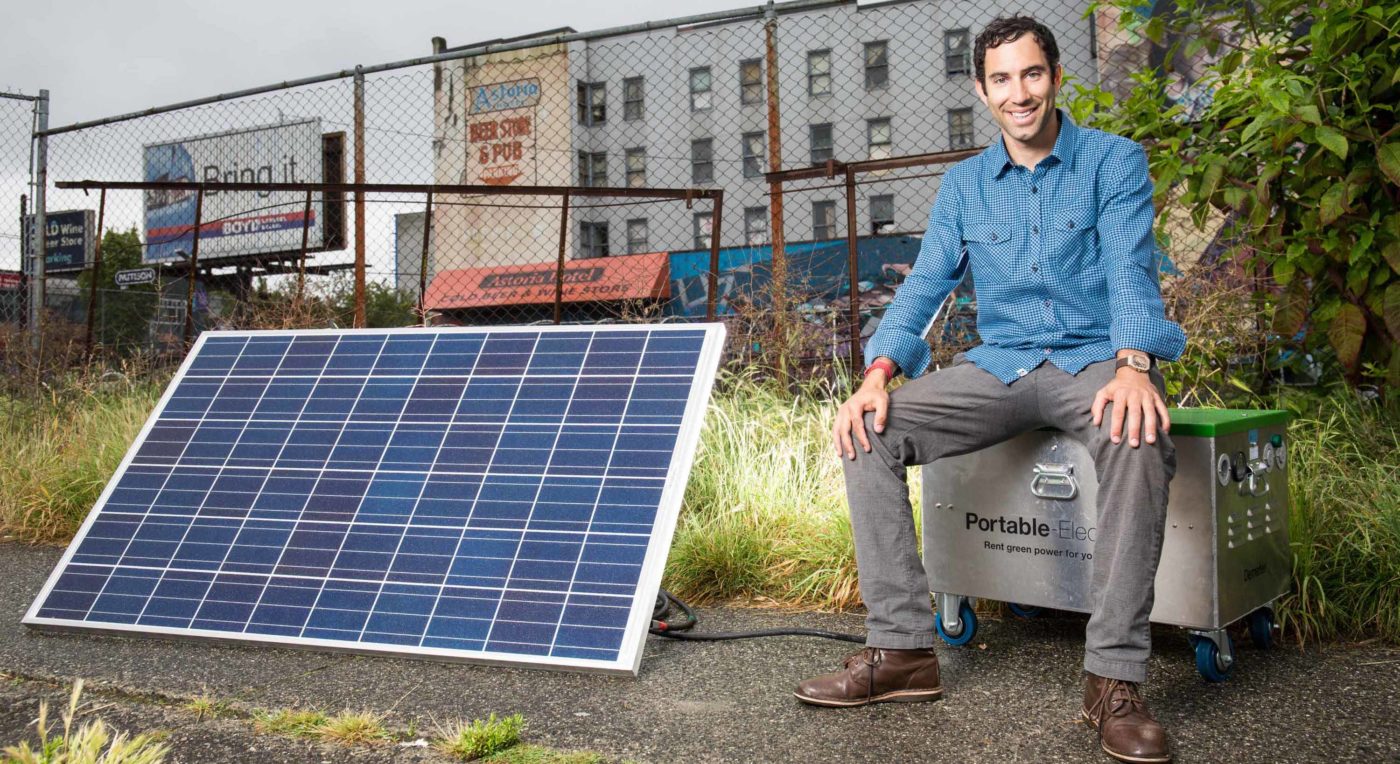
Mark Rabin has been a member of Founders Network since January 2018. He’s also been a prominent FN member in our Vancouver Chapter. To receive peer mentorship from Mark and over 600 fellow Tech Founders, please request an invite and join our global network.
One of my major learnings (among many) in business always circles back to get customers, get traction, get revenue, get feedback, iterate/modify, repeat. This seems obvious on so many levels, right? However, it’s one of the toughest cycles to engage in at the early stages, especially if you’re doing hardware or clean tech. It’s so much easier to claim that the market is huge and your idea is the best, and if you had $2M, you could make a few prototypes, and apply for a hundred patents, and then you could move to a full-scale demonstration project, and then you would get customer feedback, and generate $100M in revenue and so on— the stories are endless. However, this is an outdated way to address early stage momentum.
“Business always circles back to get customers, get traction, get revenue, get feedback, iterate, modify, repeat.” @portablelectric
With Portable Electric, we built 11 prototypes with our own cash and started renting them and getting them into customers’ hands the very day they were finished. We started generating cash flow, product awareness, and valuable customer and market feedback. This wasn’t an easy feat by any stretch, however it allowed us to begin to understand what our true challenges were, and where the real opportunities lay. NOTE: before spending your hard-earned cash making prototypes, or anything for that matter, you have to have identified a customer/market need and scoped out the competition…but of course you all know that!
“Before spending your hard-earned cash making prototypes, you have to have identified a customer/market need and scoped out the competition.” @portablelectric
These “obvious” lessons were hard learned while doing my first energy technology start up, doing small portable pay-as-you-go energy systems for the developing world (at the time I was at the forefront of the pay-as-you-go energy movement— which is now big business). We were caught in the fallacy that we needed millions of dollars to refine the product and tech development; and that we needed to do a large demonstration project with hundreds of homes, and many employees in challenging regions, etc. Everyone we met or pitched loved the idea, liked us as people, and thought our 1 semi-functional prototype was cool, however the conversation fell apart EVERY time when we were asked how many customers we had, who’s tried our units, what data could we show, how many units do we have out in the field, revenue, etc. We even spent tens of thousands of dollars on patents that amounted to no traction, and ultimately, we dropped them because we couldn’t afford to keep the process going.
So, I took these very fundamental learnings and internalized them into the fabric of Portable Electric, and essentially created a “living lab” where our prototypes became working, cash generating, marketing tools which allowed us to refine our commercial products over a 2-year period. How did this happen you ask?
- I didn’t listen to the detractors, and took my own money and built the first fleet of units and started to get then out into the market. Hustling every day!
- I had a deep knowledge of the energy/power space before I went into this project. I knew that there was gap in the market and had the opportunity to be a first mover in the space.
- I knew that I had to get the product into peoples’ hands. There’s no substitute for this critical step. Once people tried our units, they didn’t go back to the noisy, toxic and polluting generator. We essentially became a clean energy dealer.
I can’t stress enough how important this third step was to accelerating our business, and refining our product. This “living lab” concept is ingrained in our DNA. Even today all of our employees have to spend time in the field to understand how the product works and how humans interact with them!
Key takeaways (mostly clichés):
- Talk is cheap. Everyone has ideas but executing on them is where the real game is.
- The product doesn’t have to be perfect to get it out, but it does have to work!
- Get as many hands and eyes on the units as possible.
- Capture feedback and iterate/modify as fast as possible.
- Take risks and hope for the best, it’ll work out most of the time. That’s just simple rock ’n roll
- NEVER over state product specs, this will only lead to more problems and lack of trust!
At the end of all of this, it all comes back down to my old skiing mantra “It doesn’t have to look good, as long as you get down in one piece as fast as you can!”






